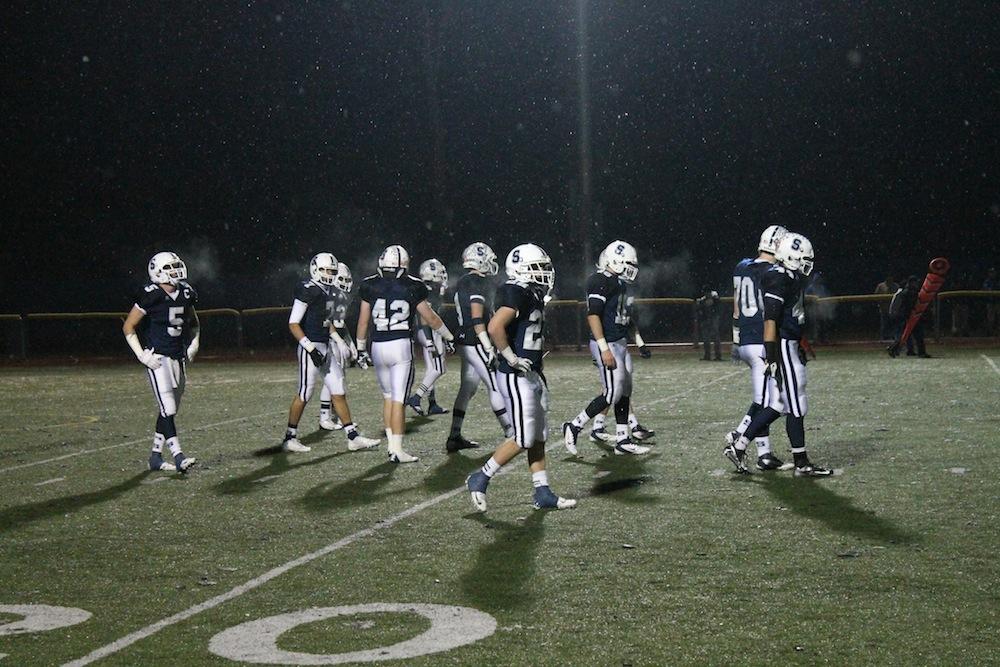It’s inevitable.
Joining a sports team not only means a jam-packed week of practice and games. It included pasta dinners, senior days, and participating in the pre-game regimen of wearing special outfits as a team the day of a game.
While players are wearing colorful t-shirts that scream love and respect for seniors, or being decked out in the new pullover fleece their team was given, no one really stops to think who or what exactly is responsible for paying for all of these festivities.
But who is responsible?
The answer is booster clubs.
Every sport has one. These clubs are the ultimate source of why Staples has the best equipment, coaches, and venues. And it’s all because of the donations that parents contribute to these clubs every year.
Sure, Westport’s high economic prestige usually means that extremely generous donations are the norm, meaning they can be as much as $200, which the Girls Lacrosse team requested as a minimum last season in an email to parents.
However, there are those families that go above and beyond, giving as much as $1000, as indicated by the levels of participation within the club on the team websites.
Knowledge of what these booster clubs do and what the money goes to is not well known to the players on Staples teams.
“It’s parent run, and it helps the program with fundraisers and such,” said girls varsity volleyball player Lily Rappaport ’13.
“Booster clubs provide the team with apparel and determine how our funding is spent. They are the backbone to our team,” said varsity field hockey player Claire Carroll ’13.
Those on the boards of these booster clubs are convincing. Most of them claim that success is based on how much money a program has to finance a slew of necessities.
“In my opinion, the teams would not be successful without the club,” said Carmen Roda, a board member of the football Grid Iron Club for 8 years. “There would be a decrease in coaches, training, and safety equipment, to name a few.”
Another one of Staples’s most successful teams, Boys Soccer, writes their recipe for victory in the same way.
“In order for us to continue the wonderful tradition of developing winning teams, and boys who go on to find success both on and off the field, we need to supplement the program to maintain a very high standard that without the donations of families, I fear we would not be able to achieve,” said Dan Donovan, Top of the Hill Team Board Member since 2007.
However, the focus of these clubs isn’t always on the main purpose of funding teams to win by supplying the best equipment and coaches. They build communities by bringing the teams together and allowing parents to engage in their child’s passion.
Specifically for The Top of the Hill team, the money is also put towards giving back to past players, or those affiliated with the program, in times of need.
“Last year, one of my teammate’s (from the class of ’82) house, burned down to the ground,” said Donovan. “Through a quick outreach by the TOTH team, we were able to supply ample necessities that night and for months after.”
Although there is little known about how exactly the money is distributed and to what, it’s easy to say that there is a lot more value in booster clubs than there appears to be.
You could say that Staples has become dependent on the benefits that booster clubs supply. But clearly, the legacies of sports teams that continue to succeed wouldn’t be possible without the extra boost contributed every season.
After all, it’s Westport. Of course success comes with a price tag.














































